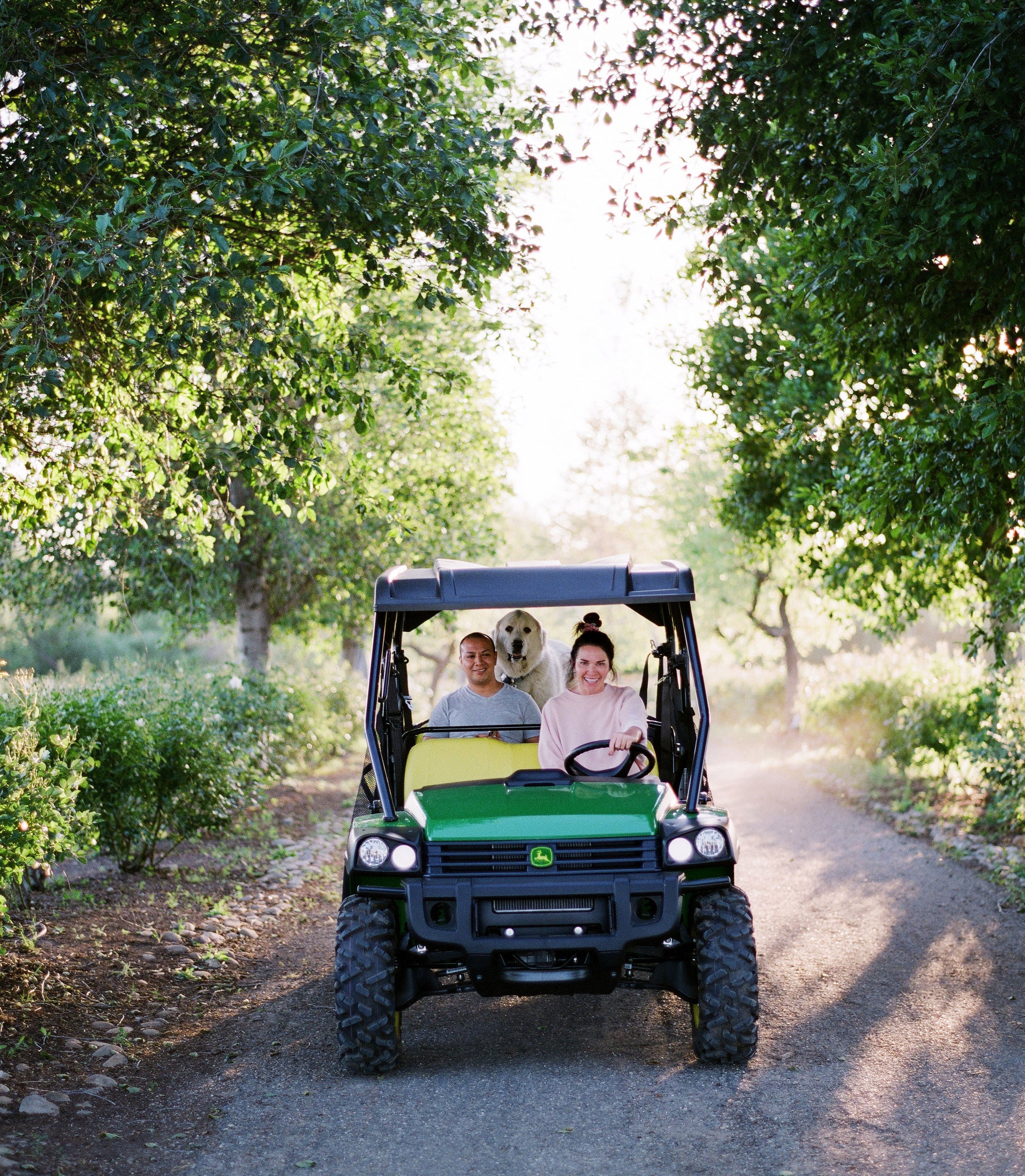I can’t believe it’s almost September! We’ve been at our new farm for six months and although time has flown by in many ways, it has also been a long and challenging summer. I have really missed the roses that we left at our old farm (this blog explains why we couldn’t move them this season) and it has proven to be incredibly laborious to divide our attention and employees between two properties.

This season has been our busiest ever, but I’m so glad we took the time right when we moved to plant 6,000 roses at our new farm. They all started to bloom in August and it has been so exciting to be surrounded once again by roses.
Fall is almost upon us and a very hard freeze will hit our previous farm in Santa Barbara county in about 70 days. It will be 70-75 degrees during the day with night time temps creeping down throughout October until all of a sudden a 20 degree morning will slam into the farm and shut us down the first week of November. This is why we moved. Simply put, we can’t build a sustainable business with six months (November through April) of dormancy. Our previous farm sits at quite possibly the lowest part in the valley, and it gets very cold there. As soon as our roses are blasted with one early morning hard frost, we will begin the process of moving all 20,000 of them to our new property. Whew…what a job!


This month we started the moving process by removing the landscape fabric we have laid down as a weed barrier. Two men are painstakingly crawling between the roses, pulling up the garden staples holding down the fabric and then removing the fabric. We won’t be reusing the fabric since our new farm doesn’t have the same weed pressure as our previous farm.
Next, in mid-October, we will start lifting the miles of drip system after we give the roses one last big watering. We’ll wind up all the irrigation and reuse it at the new farm.

As soon as the frost hits, Fermin and his team will come through with chainsaws and cut the roses back to 24” from the ground. By that point in the season the lower part of the canes won’t have much foliage on them so the plants will be ready to be pulled up from the ground.


We’re using a 125 HP all-wheel-drive tractor and a special digger attachment being built for our specific needs to remove each rose. The 24” wide attachment will slice into the soil at an angle and lift the plant below the roots. This is to preserve as much of the roots as possible unlike shovels that abruptly cut off roots. The digger will then shake off the excess dirt from the roots. We are told the attachment will remove 20+ plants per minute so the job should take about two days to pull the roses from the fields. The major time consuming work is really the landscape fabric and irrigation, which has to all be done by hand beforehand.


Once the roses make their way 100 miles south to our new farm, we will give them a proper pruning to about 18” from the graft union and get them right into the ground. Our soil here is void of nutrients so we will dig holes twice as big as the roses need and backfill the additional space with compost, peat moss, worm castings, beneficial fungi and a slow release fertilizer. We also need to put all 20,000 roses in gopher baskets at the new farm, so that’s going to be a huge amount of time and expense to make all those baskets. We have so many gophers here!
Here at our new farm we have started the massive job of excavating 10 acres of our hillside. It was littered with dying trees, cactus and brush. Once all the vegetation is removed, the acreage will be graded, terraced, and holes will be dug. I cannot wait to see our hillsides blanketed with our roses. It’s going to be such an incredible sight to see vertical farming!


We hope to get all of our transplanted roses in their new holes by December 1st, which should put them back into production right on time April 1st. In the meantime, we will continue to harvest from all the new roses we planted November through January. We are setting up a couple acres of hoop houses at the new farm to carry some of our roses into February, which should be fun (Valentine’s roses? Just maybe, stay tuned!!). We don’t get frost here, but if we have a rainy winter, the hoops will help keep the roses warm.
I cannot wait to have our roses here! It’s been such a hard season growing our roses so far away, while processing and shipping them at the new farm. I’m so looking forward to 2022 and the abundance of beauty we’ll have on to share with you. We are planting an additional 9,000 new roses, so we should have enough blooms for everyone who wants them! We feel content at the new farm and will be fully settled once all of our roses are here this November.










